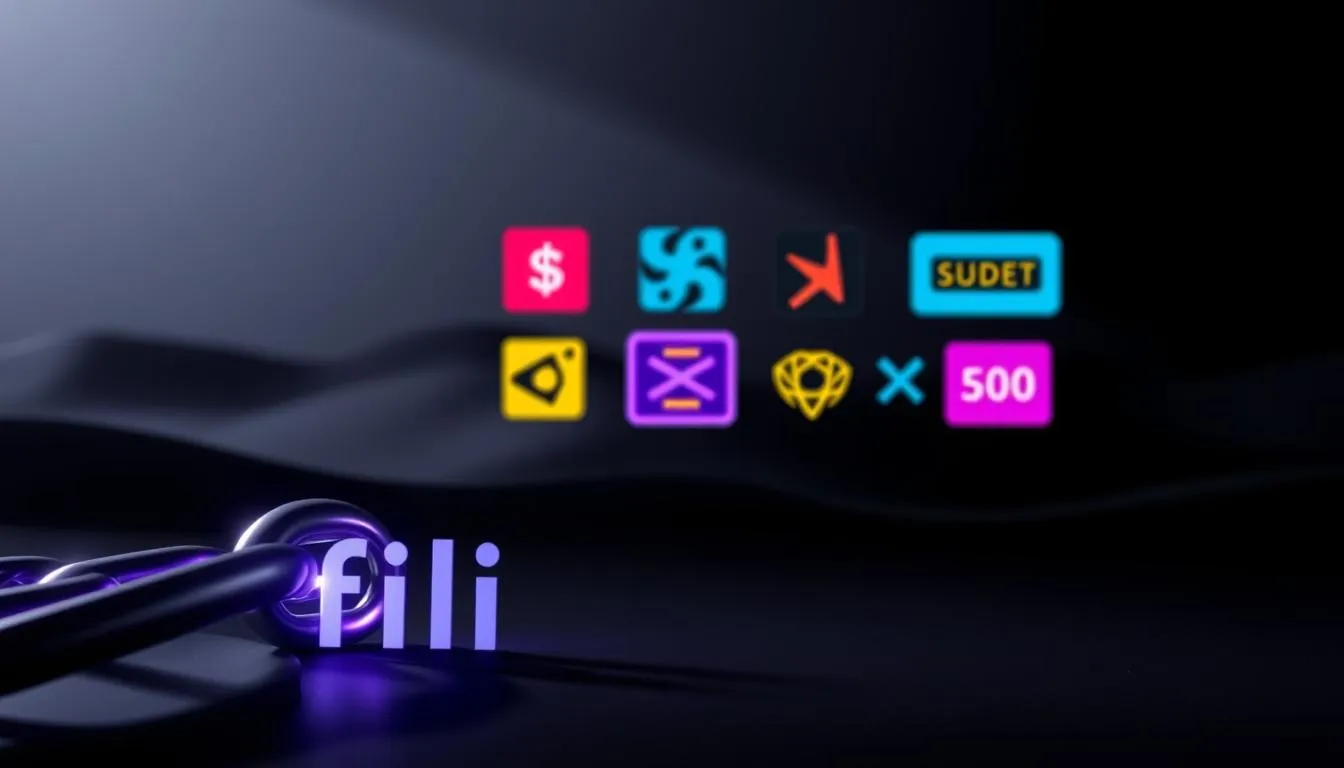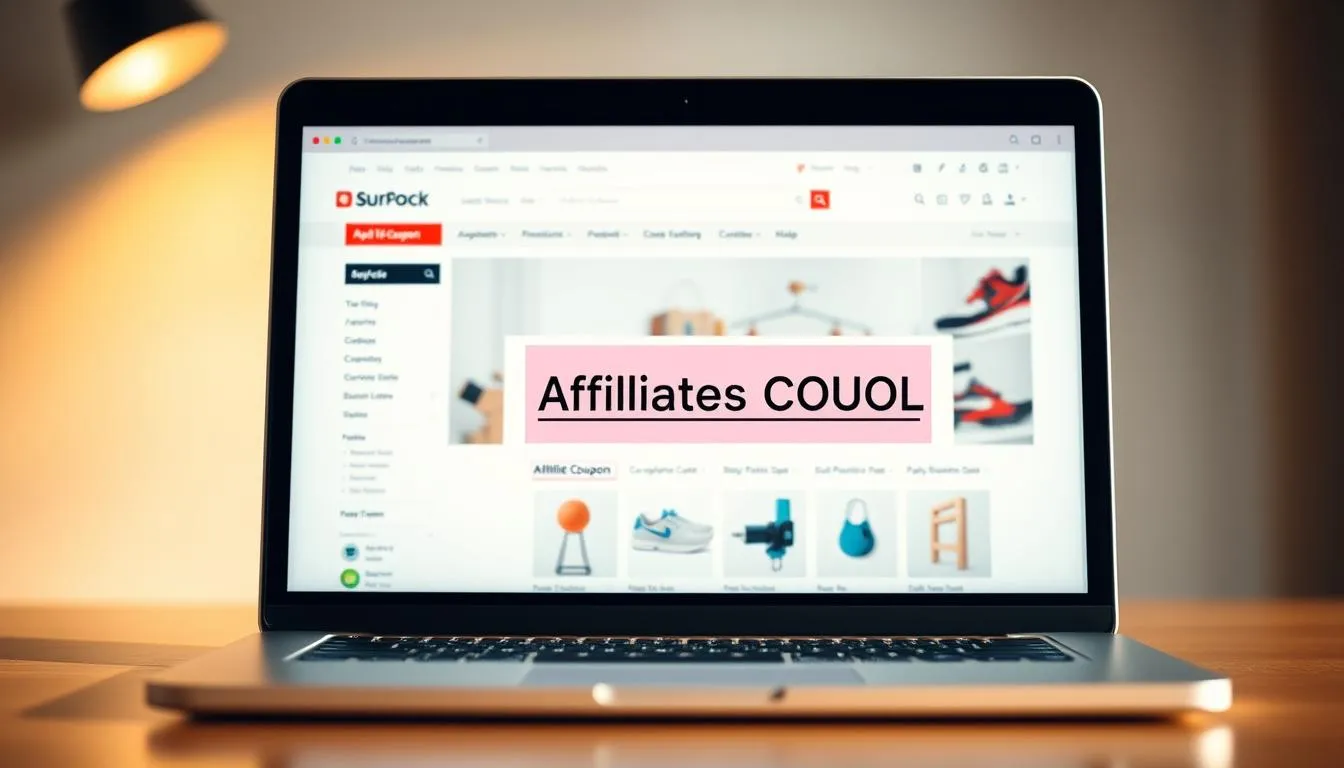Did you know that coupons and promo links influence over half of online purchases today? That surprising scale shows how small incentives can shape shopping behavior across podcasts, videos, and social posts.
One-click coupon links remove the friction of manual entry. Shoppers in the United States get faster checkout, and brands see clearer attribution for sales without relying on cookies.
Using a mix of a code and tappable links gives customers flexible redemption paths. Listeners can hear a code from an influencer on a podcast, while viewers tap links in videos to apply discounts instantly.
This guide will compare approaches, walk through a WooCommerce build that enables one-click application, and show how to scale with compliance and measurement. You’ll learn tools and platforms that fit your stack and how to turn promotions into tracked revenue with minimal effort.
Key Takeaways
- One-click coupon links cut checkout friction and reduce cart abandonment.
- Combining a code with tappable links meets different customer habits.
- Creators and brands gain clearer attribution and easier sharing workflows. For comprehensive guidance on building effective affiliate campaigns, check out our ultimate guide to creating how-to affiliate posts.
- WooCommerce and plugin options can apply offers in seconds.
- Follow compliance and measurement best practices to scale sales responsibly.
Why affiliate discount codes matter today
Short spoken offers move listeners to buy when links aren’t available. In audio and video, a short memorable code makes purchase actions easy and fast.
Exclusive promos deepen trust between an influencer and their audience. When fans feel they get special value, engagement and measurable sales rise during a campaign. Learn more about building lasting value with evergreen affiliate pillar strategies.
 One-click coupon links remove the common friction of manual entry. Auto-apply tools cut cart abandonment by stopping shoppers from forgetting a code at checkout.
One-click coupon links remove the common friction of manual entry. Auto-apply tools cut cart abandonment by stopping shoppers from forgetting a code at checkout.
“Consumers respond strongly to exclusive offers, and short spoken codes give brands attribution without relying on cookies.”
- Simple codes speed the path from content to purchase.
- Creators can drive trackable sales in channels where URLs underperform.
- Brands use time-bound offers to reward new buyers while protecting margins.
| Benefit | Channel | Tool |
|---|---|---|
| High recall in audio | Podcasts | Spoken short codes |
| Auto-apply to reduce drop-offs | Video & web | One-click links |
| Accurate attribution without cookies | All channels | Program-level reporting |
Affiliate discount codes vs. affiliate links: when to use each
Choosing between a shareable link and a memorable promo name changes how you measure and reward creator performance.

Key differences and impact on tracking
Links are unique, trackable URLs that send clicks to product pages and log sessions for clear attribution.
Promo names (custom coupon names) apply savings at checkout and capture sales even when no click occurred.
Use cases by channel
- Podcasts & in‑video reads: use a memorable promo name for verbal recall.
- Blogs, YouTube descriptions, newsletters: use affiliate links for deep‑linking and analytics.
- Social media: combine a spoken promo with a link sticker for both reach and trackability.
Pros, cons, and why many brands pair both
Pros of links: precise attribution, granular reporting, reliable commission tracking.
Pros of promo names: easy to share verbally, great for urgency and live content.
“Pairing a link with a promo name gives redundancy: if one method fails, the other still credits the creator.”
| Feature | Links | Promo names |
|---|---|---|
| Trackability | High | Moderate |
| Verbal sharing | Poor | Excellent |
| Leakage risk | Low | Higher (coupon sites) |
| Best channels | Blogs, emails, descriptions | Podcasts, live reads, video callouts |
Tip: include a clear rate card that explains commission for link-based conversions and commission for promo-based sales. For more on creator promo best practices, see influencer promo guidance.
How to get affiliate discount codes in WooCommerce with one‑click coupon links
Turn your WooCommerce store into a one‑click savings engine that applies offers at checkout. Follow three clear setup steps to get started and make sharing simple for creators and partners.

Set up your program with the setup wizard
Step 1: install AffiliateWP and run the setup wizard. Enter your license, enable WooCommerce integration, choose payout methods, and set referral rates.
Add Advanced Coupons for flexible rules
Step 2: add the Advanced Coupons plugin to unlock expirations, usage limits, product restrictions, BOGO deals, and scheduling. The premium version expands rules for seasonal launches and complex promos.
Enable URL Coupons to auto‑apply links
Step 3: in WooCommerce Marketing » Coupons create or edit a coupon. Assign it, then enable URL Coupons so a unique auto‑apply link is generated.
- Redirect back to origin: return shoppers to the product or post after the coupon applies.
- Defer apply: wait until cart conditions (like minimum spend) are met before applying the offer.
- Compatibility note: URL Coupons are not compatible with Dynamic Coupons—plan promos accordingly.
Assign coupons and share via the Affiliate Area/Portal
Once published, affiliates can copy their affiliate coupon link from the Coupons tab in the Affiliate Area. Teach partners where to find their link so they can share across channels instantly. For details on creating and assigning coupons, see assign coupons to affiliates.
“One‑click application removes the need for customers to remember and type a code, easing friction that often causes abandonment.”
Result: smoother checkout, fewer abandoned carts, and clearer revenue attribution for your program.
Other platforms and tools to launch or scale your program
Picking the right platform and tools matters more than having every feature at once. Start with a stack that fits your store size, creator partners, and product mix.
Shopify options
Shopify supports native discount generation and can scale to millions of unique codes. For tracking links and creator payouts, add apps like Refersion, UpPromote, or GoAffPro.
WooCommerce alternatives
WooCommerce has built‑in coupon support and pairs well with plugins such as AffiliateWP or SliceWP to track affiliate links and referrals without moving platforms.
All‑in‑one solutions
Platforms like Influencer Hero and Refersion bundle tracking, payouts, and reporting. Creator Hero within Influencer Hero centralizes storefronts and high‑commission models for easy discovery and shoppable content.
- Deep links: direct traffic to products or collections while distributing short promo names for verbal sharing and backup attribution.
- Choose by fit: base your choice on store location, catalog complexity, and the creators you work with to maximize sales and simplify ops.
- Test then scale: launch a small product set, validate conversion, then increase code volume and link placements.
| Platform | Strength | Tracking & Payouts |
|---|---|---|
| Shopify | Native coupon generation, scales to millions of unique codes | Apps: Refersion, UpPromote, GoAffPro |
| WooCommerce | Flexible coupons, plugin ecosystem | Plugins: AffiliateWP, SliceWP |
| Influencer Hero / Refersion | All‑in‑one tracking, creator storefronts | Built‑in reporting, payouts, link and code tracking |
For a quick guide to programs that work well with Shopify, see best affiliate programs on Shopify.
Tracking, compliance, and safeguards that protect revenue
Protect revenue by building tracking and compliance into every promo from day one.
Tagging matters. Append UTM parameters to every referral link so analytics show source, medium, and campaign. Map the landing page to the campaign to reduce drop‑offs and capture accurate conversion rates.
Always test links and coupon logic before launch. Check that commissions calculate correctly, stacking rules apply as intended, and the page applies the coupon at checkout. For landing page optimization techniques that improve coupon conversion, explore our proven affiliate landing page templates.
- UTM tracking: map link → landing page → analytics → affiliate dashboard for full‑funnel insight.
- Prelaunch tests: validate links, commission flows, and coupon behavior to avoid lost sales.
- Leak control: use expirations, usage limits, and rotate coupons to limit public scraping and protect margins.
- FTC compliance: require plain‑language disclosures in captions, on‑screen text, and descriptions (e.g., #ad, sponsored).
“Reconcile commissions from links with coupon redemptions regularly to spot anomalies, fraud, or tracking gaps.”
| Risk | Safeguard | Outcome |
|---|---|---|
| Untracked clicks | UTM tagging and landing page mapping | Clear conversion attribution |
| Code leakage | Expirations, limits, rotation | Protects margins and urgency |
| Noncompliant posts | Required disclosure policy for affiliates | Maintains trust and avoids penalties |
Scaling your code-and-link strategy for higher conversion rates
Build repeatable systems that let creators promote products fast and accurately across channels. Clear templates and automation free up time for content and help keep campaign performance steady.
Automation and templates to streamline onboarding
Use templated briefs, deliverable checklists, and standard tracking links so affiliates can start to promote products the right way. Automate account setup, payout preferences, and UTM tagging to reduce errors.
Segment by niche, platform, and goals
Group creators by niche and channel to tailor messages and offers. Matching an influencer to the right audience improves conversion rates and keeps margins intact.
Combine value and urgency
Short windows, limited quantities, and seasonal hooks create momentum without fatigue. Test percent vs. dollar offers and compare results by segment to see what moves engagement most.
Real-world inspiration
Shein, Sweetgreen, and LOOKFANTASTIC pair memorable promo names with affiliate links to engage audiences and track performance. Emulate their approach: automate, segment, test, and update a quarterly playbook to rotate creative and refresh coupon and link sets.
Conclusion
A combined link-and-code approach gives creators flexible tools and your program stronger data.
Recap the playbook: support both clickable links and simple promo names so every campaign and page guides customers to an easy checkout. Set a promotion calendar and give affiliates clear content guidance to keep messages on brand.
Practical steps: choose your platform, set up the stack, create paired coupon and link offers, tag each referral with UTMs, and test the checkout flow before launch.
Monitor commissions and reconcile redemptions regularly. One‑click affiliate coupon links remove friction, lift conversion, and keep an audit trail.
Get started by finalizing your platform, creating the first offers, and piloting with a small group of influencers and affiliate marketing and discount codes. When platform, process, and people align, you turn creator trust into measurable sales.
FAQ
What are code-based promotions and why do they matter today?
Code-based promotions give customers a clear, redeemable value at checkout and make tracking performance easier for brands. They boost conversions by offering urgency or exclusive savings, and they help creators and marketers measure which campaigns drive sales and engagement.
When should I use a coupon code versus a tracking link for a campaign?
Use a coupon code when you want visible savings, easy manual entry at checkout, or in offline channels like print and TV. Use a tracking link for digital channels like blogs, email, and YouTube where clicks and attribution are key. Many merchants combine both to capture visibility and precise reporting.
How do coupon codes and tracking links differ in tracking, attribution, and commissions?
Codes attach to a purchase at checkout and track redemptions directly, which is simple but can miss referrals if users forget to enter them. Tracking links use UTM parameters or cookies to attribute clicks and conversions, offering finer analytics but sometimes losing accuracy if cookies are cleared or cross-device behavior occurs. Combining both gives better coverage.
Which channels work best for codes and which for links?
Codes work well in social posts, short-form video, SMS, and in-store promotions. Links perform best in long-form content like blog posts, email newsletters, podcasts show notes, and YouTube descriptions where click behavior is common and analytics are available.
What are the pros and cons of using codes versus links?
Codes are memorable and visible at checkout but rely on manual entry. Links automate attribution and capture click data but can lose accuracy across devices. Pros include higher conversion when combined; cons include potential coupon leakage and tracking gaps if not configured properly.
How do I set up one-click coupon links in WooCommerce?
Install a coupons extension that supports URL-based discounts, enable URL Coupons or auto-apply settings, create the coupon with rules and limits, then generate the one-click link that applies the code at checkout. This removes manual entry and improves conversion.
What setup steps should I follow with AffiliateWP and Advanced Coupons?
Run AffiliateWP’s setup wizard to create the program, install Advanced Coupons for flexible rules and BOGO offers, enable URL Coupons, and assign each code to a partner. Provide partners with portal links and monitor performance through reports and analytics.
Can I use these tools on Shopify or only WooCommerce?
Shopify supports native discount codes and has apps like Refersion and UpPromote for tracking and partner management. You can achieve similar one-click or auto-apply experiences on both platforms using the right apps and integrations.
What other platforms help launch or scale a partner program?
Look at Refersion, UpPromote, Influencer Hero, and SliceWP for tracking and management. Each offers different features—choose based on budget, reporting needs, and whether you want built-in influencer workflows or simple coupon assignment.
How should I track performance and protect revenue from misuse?
Use UTM parameters, conversion pixels, and analytics dashboards to measure rates and ROI. Implement usage limits, expiration dates, and single-use or rotating codes. Test links and codes before launch and monitor redemptions to prevent fraud and coupon leakage.
What compliance steps are required for creators and brands?
Ensure clear FTC-compliant disclosures in social posts, video descriptions, and emails. Tell creators to state material connections and place disclosures where they are easily seen by the audience to avoid violations and build trust.
How can I scale code-and-link efforts to improve conversion rates?
Automate onboarding with templates, segment partners by niche or channel, and tailor offers per audience. Use urgency and added value like bundles to raise engagement. Test variants and double down on top-performing partners and creative.
Do real brands use combined code-and-link strategies?
Yes—brands like Shein, Sweetgreen, and LOOKFANTASTIC often use a mix of promo codes and tracking links to capture both direct checkout savings and detailed campaign analytics, which helps them optimize partner payouts and marketing spend.
